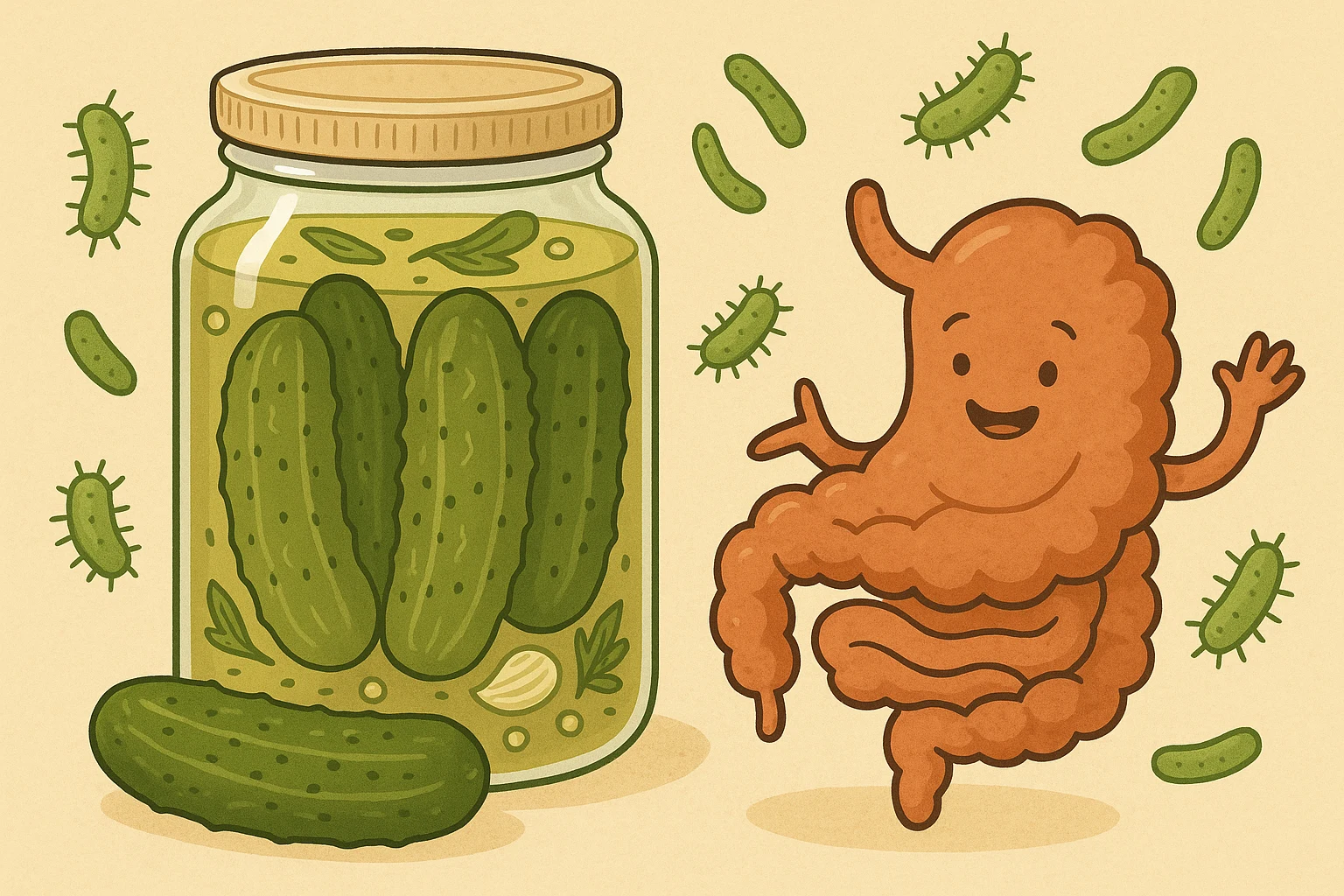A Flavourful Journey with Indian Homemade Pickles

The homemade spicy pickles called commonly known as achar, one of the important features of Indian delicacies and indicate the potential of Indian cuisine. Homemade pickles have sharp and hot flavours, which make them much more than mere accompaniments; they are actually a food essential in India. Commonly used in almost all households, it complement foods and bring a taste of the past right on your plate. Truly, Indian homemade pickles represent a blend of tradition and flavour that has been cherished for generations.
Read article to know more about pickling in india.
What is the Origin of Indian homemade Pickles?
Historical Roots
It is interesting to understand that the term pickle itself has derived its root from the Dutch word pekel, which actually means brine, and the word achar as a term used in food preservation has it origin from Persian word. Pickling is an art that has been in practice from about 4,200 years ago, and the first records of cucumber pickling can traced to the Tigris Valley, or Wayanad, around 2030 BCE. It highlights humanity’s early ingenuity in preserving food.
Timeline and Cultural Significance
Indian pickles have a deeply rooted cultural importance, evolving over millennia to become a hallmark of Indian culinary traditions. Beyond preservation, pickling in India symbolizes community, heritage, and innovation in flavours and techniques.
-
How Are Pickles Made in India?
Choosing Fresh ingredients like fruits or vegetables such as mangoes, lemons, or chilies the primary process of making pickling then prepare the ingredients are washed well, chopped, and sun-dried to remove moisture. After that do the perfect blend of spices, typically including mustard, turmeric, and chili powder, is prepared. The prepared mixture is preserved in oil or brine, ensuring a long shelf life. Proper storage allows these pickles to last for months or even years.
-
What is the Ideal Time for Pickling?
The summer months considered as the ideal time for pickling, as the abundant sunlight aids the preservation process.
-
What are the Regional Names for Pickles in India?
Indian pickles are as diverse as the country itself, with unique regional names such as Uppinakaayi in Kannada, Urukai in Tamil, Loncha in Marathi, and Achar in Hindi. This diversity reflects how pickling an essential practice is across Indian civilizations, transcending linguistic and regional boundaries.
-
Are Indian Pickles Fermented?
Most Indian homemade pickles are prepared using with lacto fermentation where good bacteria have the ability to enhance digestion. It develops the flavours of the pickles simultaneously maintaining the health of the gut by the introduction of probiotics during the fermentation process. These natural benefits make fermented Indian pickles to add flavour and nutrition to foods that consumed.
-
What Are the 4 Types of Pickling?
1. Natural Fermented Pickling Method: the natural fermented pickling process involves using natural bacteria active in the fruits and vegetables to fermentation and uses salt and natural moisture for preservation.
2. Vinegar-Brine Pickling Method: Incorporates vinegar and brine to create tangy flavours and it faster than the natural fermentation.
3. Fresh-Pack Pickling Method: Combines fresh ingredients with a hot pickling solution and this helps to softening the vegetables and make it last for longer periods.
4. Pickle Relish Method: Finely chopped ingredients cooked with spiced vinegar to create a relish-like texture, it is a more recent and seasoned way of pickling.
These 4 Types of Pickling techniques highlight the versatility and creativity in pickling practices, making Indian homemade pickles unique. -
What is the Main Ingredient in Pickling?
Key ingredients in pickling include salt, oil, and acid (vinegar or lemon juice). These components act as preservatives and it helps to enhance flavour. Additionally, Indian homemade pickles often feature regional spices, contributing to their distinct and complex taste profiles.
-
Does Pickling Destroy Nutrients?
Pickling of food adds the nutrient composition of food, but this does not mean that nutrients are completely overwhelmed. However, the temperatures used in pickling may degrade water-soluble vitamins such as vitamin B and vitamin C. Pickles are still abundant in fiber, antioxidants and fat-soluble vitamins such as vitamin A and vitamin K. Fermented pickles contain good bacteria to the gut. Does Pickling Destroy Nutrients, they are high in sodium; therefore, it should be consumed in moderation especially to those on a restricted diet.
-
Is Pickling Healthy?
Pickle could be very useful for the body in the following ways whenever taken in moderation. They are sources of vitamins like K, Vitamin C and vitamin A and good gut foods since the fermentation process introduces probiotics to foods. Nevertheless, moderation is the word of the day owing to the fact that most pickles contain relatively high amounts of sodium and the answer for is pickling healthy.
Conclusion: A Timeless Tradition
Indian homemade pickles are not only a side dish but they are rather a landmark of the Indian culture, history and cuisine. They bring in that extra taste and aroma, have a historical significance to them and are healthy from the nutritional point of view. Exploring the traditional art of pickling can open doors to savouring the vibrant tastes and stories they carry. Let the flavourful journey with Indian homemade pickles continue to enrich our meals and memories.




